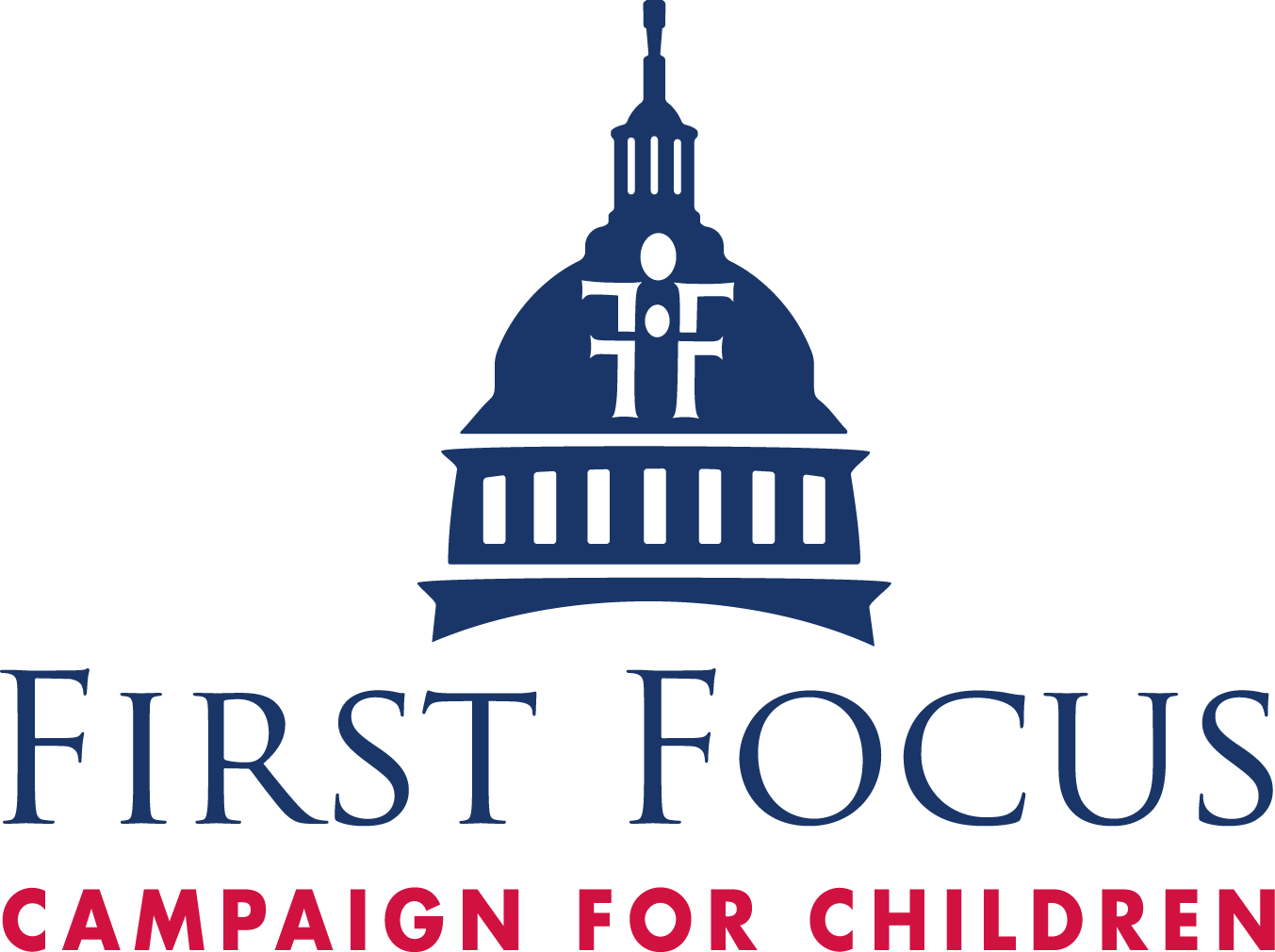
This week marks the 25th anniversary of the Temporary Assistance for Needy Families (TANF) program, which before the recent expansion of the Child Tax Credit (CTC) in the American Rescue Plan, was the only federal program that provides cash assistance to families with very low incomes. The majority of TANF recipients – 72% – are children, and in 2019 the program lifted 160,000 children above the federal poverty line.
Despite the critical cash assistance and other support that TANF provides to millions of children, it fails to reach many kids in need. In 2019, for every 100 families in poverty, just 23 families received TANF assistance. Due to its racist design intended to limit assistance to Black mothers and children, states with larger percentages of Black residents offer lower levels of cash assistance, contributing to Black children experiencing disproportionately high rates of poverty compared to white children. As a fixed block grant that is not indexed to inflation, TANF is not effective at adjusting to meet increased need during times of economic crisis, and its value has fallen significantly over time.
Rather than providing cash assistance, a significant amount of TANF dollars are used for “non-core” services and programs that have been historically funded by the state, such as child welfare services, pre-kindergarten programs, state Earned Income Tax Credits, and more. These funds often supplant state dollars for these supports, rather than providing additional assistance to families with children, and in more egregious examples, states have used funds to serve upper-middle-class families and even fraudulently diverted funds to benefit wealthy individuals.
A 2019 landmark study from the National Academy of Sciences confirmed that cash assistance reduces child poverty and improves children’s long-term health, educational, and economic outcomes, both by increasing access to resources that support children’s healthy development as well as reducing household stress, giving parents and caregivers more mental and emotional bandwidth for their children. Cash assistance has a two-generation effect in promoting economic mobility: In addition to supporting children, the assistance helps adults in the household afford child care, transportation to work, higher education, or job training programs that lead to steady employment and higher-paying jobs.
Enhancements to the Child Tax Credit (CTC) in the American Rescue Plan mean some households with children with little or no income are accessing significant cash assistance for the first time, receiving payments of up to $3,000 per child ($3,600 for children under 6) in 2021. These CTC improvements, along with other assistance in the American Rescue Plan, have the potential to cut our national child poverty rate in half in 2021. While this progress is certainly cause for celebration, these CTC improvements will expire at the end of 2021 unless Congress takes further action. First Focus Campaign for Children is strongly urging Congress to make these CTC improvements permanent as well as take additional steps to help the millions of children and families who still cannot access the CTC because they are not eligible or they face barriers to accessing payments.
We also must do more to support the children in families who face the toughest barriers to economic stability and as a result, will continue to experience poverty without more help. This is where TANF comes in – with significant structural reform, it can reach more children with the greatest need, more effectively promote household social mobility, and reduce, rather than perpetuate, racial economic disparities. Earlier this year, First Focus Campaign for Children released our Children’s Agenda for the 117th Congress, which includes our priorities for TANF reform:
- Adding child poverty reduction as the overarching goal of TANF.
- Requiring states to report on how TANF spending impacted their state child poverty rate.
- Mandating that states spend a significant amount of TANF funds on basic cash assistance for families with children with very low incomes.
- Increasing program funding, indexing funds to inflation, and allocating additional funds to states with high rates of child poverty.
- Improving the program’s ability to respond during times of increased need by eliminating its block grant structure.
- Eliminating work requirements for assistance and instead funding trained providers to help parents and caregivers pursue higher education or skills training by guaranteeing child care assistance, transportation assistance, and other supports.
- Using funds to prevent children from entering foster care and to support relatives who take care of children when their parents are unable.
- Getting rid of family caps, asset tests, family sanctions, arbitrary work requirements, and other policies that either block or reduce benefits to families with children and deepen racial economic disparities.
- Requiring that all states pass through all child support collected on behalf of households receiving TANF, rather than reimbursing themselves, and disregard any income received through child support for the purposes of TANF eligibility.
The creation of a child poverty reduction target — as proposed in the Child Poverty Reduction Act (S. 643/H.R. 1558) — could help achieve these reforms and others, and could help create an income support infrastructure that ensures every child gets the support they need to not just survive, but thrive.

